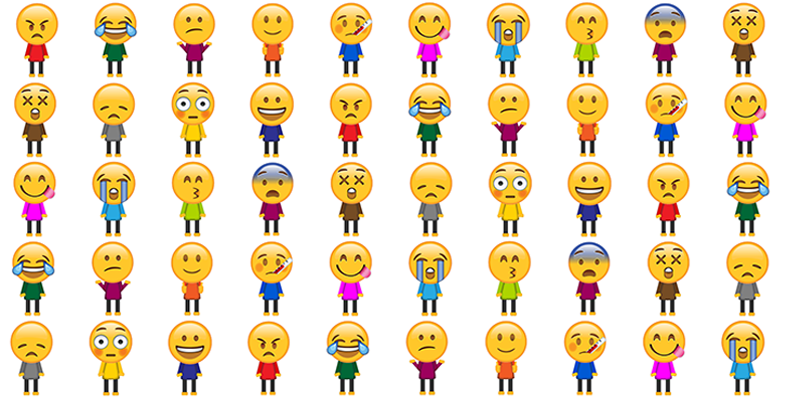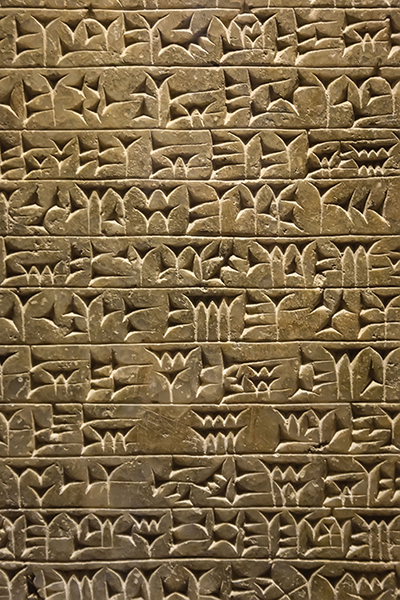4.1 Broadening the reach of language
The invention of writing changed both the way we use language and the benefits we’re able to get from it. It made it possible to accumulate knowledge with far greater ease and accuracy than had previously been the case, which in turn aided the development of science and the study of history. It did this by extending the capabilities of language by giving it an external and permanent existence. Messages which are written down can be passed easily from person to person and from age to age. They can be consulted and accurately copied. The same message can be read by an almost infinite number of people. Writing allows language to travel across time and space; it allows utterances to be transported effortlessly from place to place, from community to community, and from generation to generation. Writing was, in other words, the first major communications technology. All the many innovations in language technology that have followed this – from printing to the telegraph to the internet – then further extend this reach and speed, allowing for today’s immediate and effortless global communication.
The cuneiform script was used by the Sumerians from the end of the fourth millennium BC right up until the first century AD. The word ‘cuneiform’ means ‘wedge-shaped’ and refers to the marks made by the reeds with which it was written.

